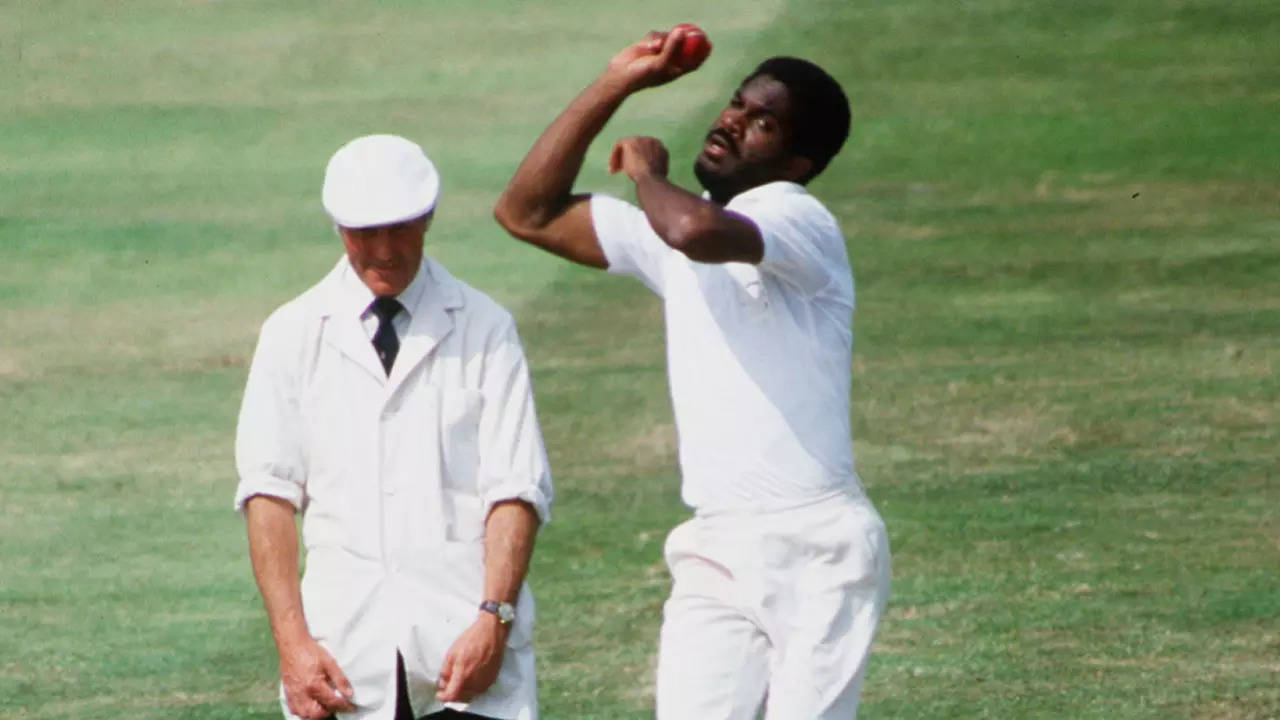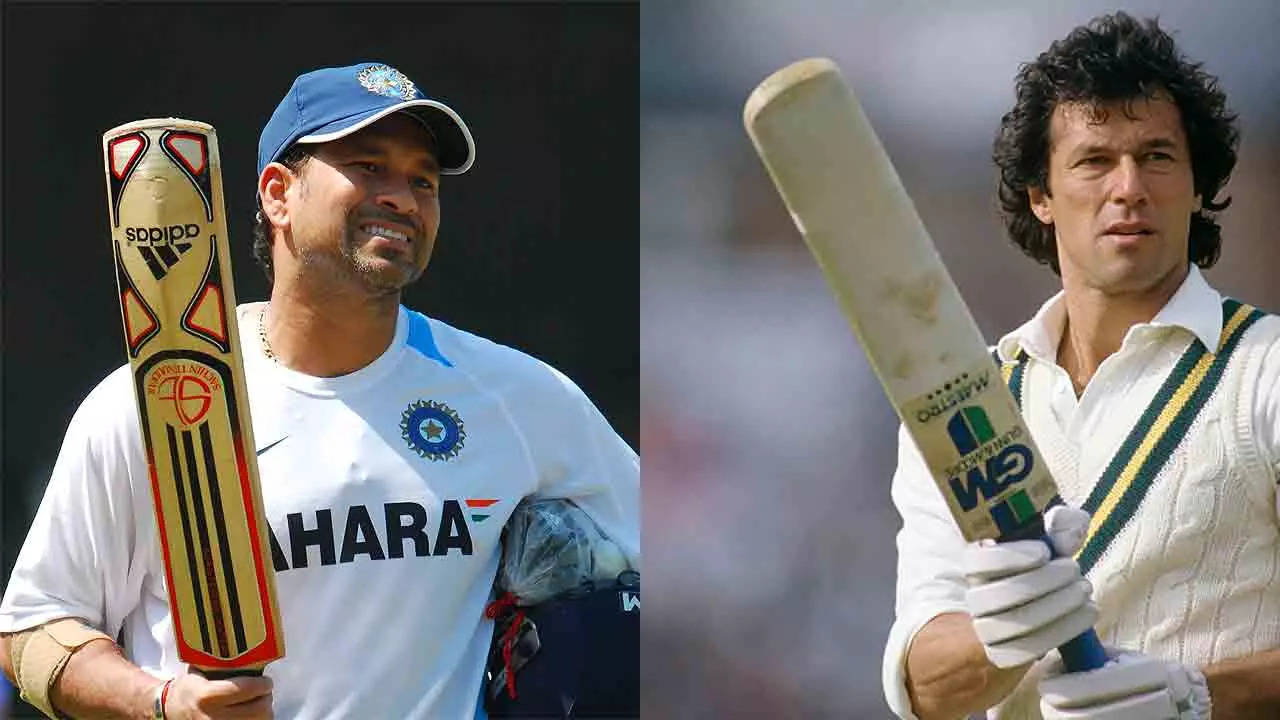Michael Holding: The Whispering Death of Cricket
Michael Holding, the legendary West Indian fast bowler, earned the iconic nickname “Whispering Death” during his playing days. This moniker perfectly encapsulated his unique bowling style, which combined blistering pace with an almost silent approach to the crease.
Holding’s run-up was a thing of beauty, smooth, rhythmic, and almost inaudible. As he glided across the pitch, his rapid approach often caught umpires and batsmen off guard. Umpires, including the renowned Dickie Bird, frequently remarked that they couldn’t hear Holding’s footsteps as he charged in to bowl.
This silent approach, combined with the sheer speed and accuracy of his deliveries, made Holding a formidable force on the field. His most famous spell came during a Test match against England in 1976 at The Oval, where he produced a devastating performance, taking 14 wickets, including a breathtaking sequence of fast-bowling mastery.
Holding’s natural athleticism and ability to generate ferocious pace from a seemingly relaxed run-up made him a unique and dangerous force. He was a key member of the legendary West Indian pace attack, which wreaked havoc on cricketing teams worldwide during the 1970s and 1980s.
Off the field, Holding was the complete opposite of the terror he unleashed with the ball. Known for his calm and composed demeanor, he later transitioned into a respected cricket commentator, where his deep knowledge of the game and measured commentary earned him praise across the world.
The legend of “Whispering Death” remains a powerful symbol of Holding’s legacy — a bowler whose grace and ferocity came together to make him one of cricket’s all-time greats. His unique bowling style and exceptional performances continue to inspire and awe cricket fans around the world.



